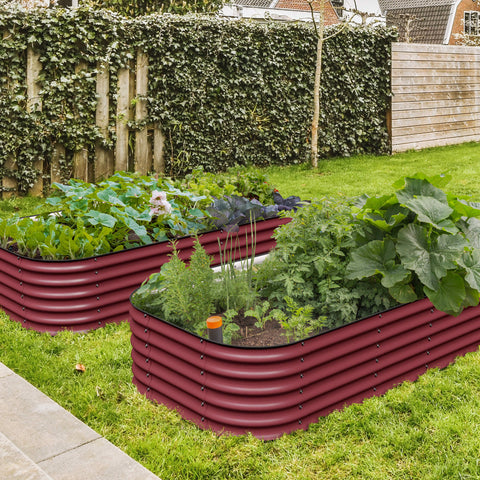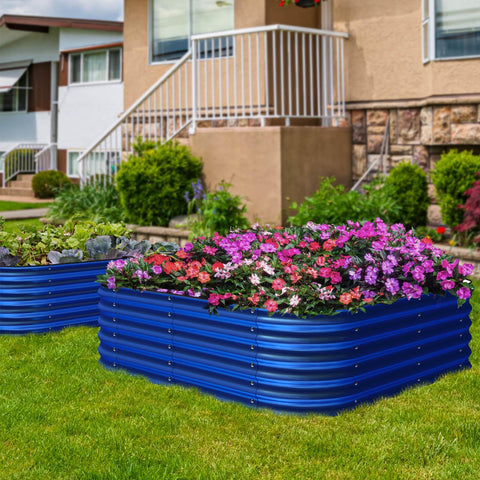Stones in Garden Beds: A Controversial Choice? Yes or No?
Gardening is a sort of art, a hobby, and frequently the topic of passionate discussion. Whether to add stones to garden beds is one of the frequent issues that causes this discussion to flare up. While some gardeners angrily reject the practice, others vouch for it. We'll discuss the advantages and disadvantages of adding stones to garden beds in this article to help you determine whether this strategy is appropriate for your garden.
The Case for Adding Stones: Yes
1.Improved Drainage: One of the primary reasons for adding stones to garden beds is improved drainage. Stones create air pockets in the soil, preventing waterlogging and ensuring that plant roots receive the oxygen they need.
2.Weed Suppression: A well-placed layer of stones can act as a natural weed barrier, reducing the need for frequent weeding and minimizing competition for nutrients.
3.Heat Retention: Stones absorb heat during the day and release it slowly at night, creating a microclimate that can extend the growing season, particularly in cooler regions
4.Aesthetic Appeal: When done thoughtfully, stones can add an aesthetically pleasing, decorative element to your garden, enhancing its overall visual appeal.

The Case Against Adding Stones: No
1.Compacted Soil: Over time, stones can lead to soil compaction, making it harder for plant roots to penetrate and limiting their access to nutrients and water.
2.Difficulty Planting: Stones can be challenging to plant around and may interfere with the placement of seeds, bulbs, or young plants
3.Heat Stress: In hot climates, the heat retained by stones can become excessive, potentially harming plants that prefer cooler conditions.
4.Maintenance: Stones require periodic maintenance, such as cleaning, leveling, and weed removal, which can add to your gardening workload.

Finding a Middle Ground: The Compromise
While the debate between "yes" and "no" may seem polarized, there's room for compromise. Here are some strategies to strike a balance
1.Use Stones Selectively: Consider using stones strategically in your garden. For example, place them in walkways or as decorative borders while keeping the main planting area stone-free.
2.Mulch Over Stones: If you do add stones for drainage or weed suppression, top them with a layer of organic mulch. This helps mitigate some of the downsides by improving soil quality and aesthetics.
3.Regular Maintenance: Commit to regular garden maintenance. This includes checking for compaction, cleaning stones, and addressing any issues promptly.
4.Consider Your Climate: Think about your local climate and the specific needs of your plants. In hotter regions, be cautious about using stones excessively, and in wetter climates, stones may be more beneficial for drainage
Conclusion: Yes, No, or Compromise?
The decision to add stones to your garden beds ultimately depends on your gardening goals, local climate, and the plants you wish to cultivate. While stones can offer benefits like improved drainage and weed control, they can also present challenges such as soil compaction and heat stress. Striking a compromise by using stones selectively and combining them with organic mulch may be the best approach for many gardeners.
In the end, there is no one-size-fits-all answer to the question whether to add stones to garden beds. Consider your unique circumstances, experiment, and adapt as needed to create a garden that thrives and brings you joy.
